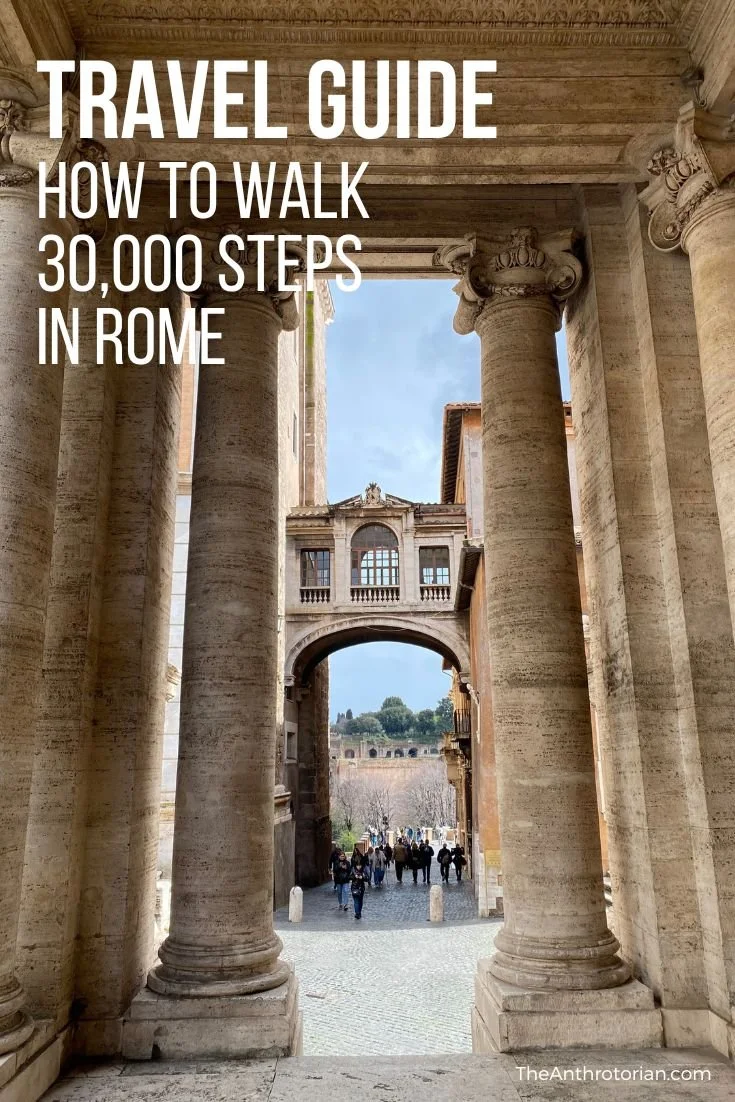In 1974, east of what is now called Xi’an in China, peasants digging a well in their field uncovered one of the largest, and arguably the most important finds of the 20th century — an underground vault full of thousands of intact terracotta warriors and horses standing in battle formation.
This subterranean life-size army silently guarded the soul of China’s first Emperor, Qin Shi Huang, for over two millennia before it was discovered.
What makes this guy such a big deal, you ask?
Well, in the 36 years of his reign (amongst other things), this Emperor created an efficient government that served as the model for later dynasties, standardised writing (getting around tricky dialect problems), built over 6400km of new roads and canals, and enslaved hundreds of thousands of people to work on massive construction projects, like his tomb.
Archaeologists speculate that he created this vast stone army because he expected his rule to continue in death like it did in his life on Earth.
The site is divided into three massive pits that are covered by permanent structures to protect them (and the archeologists working in them) from the elements.
The largest pit is the most imposing and contains a staggering 6,000 plus warriors and horses standing in rectangular battle array facing east.
Three rows of archers that once held longbows and crossbows are followed by the main force of soldiers who originally held spears, swords, dagger-axes and other long-shaft weapons. Because the weapons, and chariots that were pulled by the horses, were made of wood, they have long since disintegrated.
The most fascinating thing about the warriors in that no two soldier’s faces are alike, and it is not only their faces that are unique. Expressions, hairstyles, armour and even the tread on their footwear are all completely different.
Almost 10,000 warriors have been unearthed, with more being discovered every day, and no two are alike — imagine the skill, time, and artistry that went into creating these figures that once completed, were buried under layers of earth meant to never be seen by those of us in this world again.
National Geographic recently reported that the current historical record when it comes to these warriors may soon change, thanks to some recent discoveries made by archaeologists. Artifacts that show evidence of Greek influence and nearby burials that contain skeletons with European DNA have some theorizing that inspiration for the army may have some from foreign artists and are not an originally Chinese creation.
New technology has "also revealed the emperor’s tomb complex to be much larger than once believed—almost 38 square miles (some 98 square kilometres)!" (source)
There is still clearly still a lot to be discovered about this famous king and his stone army.
Planning Your Visit
Location: About 40 kilometres (26 miles) east of Xi'an
Getting There: You can drive (about one hour from Xi'an), take the train, or take the bus. Click here for more info on getting there (scroll to the bottom of the webpage).
Opening Hours: 8:30 am to 5:00 pm (stays open until 5:30 during peak times)
Admission: 150 Yuan (approx $25) from March to November | 120 Yuan (approx $20) from December to February.
What to See: There are three pits in various stages of excavation to check out and then a museum space containing excavated artifacts.
Do I Need to Take a Tour? Nope! If you want to, there are options available, but the site is easy to navigate on your own. There are also audio guides available on site.














